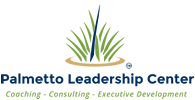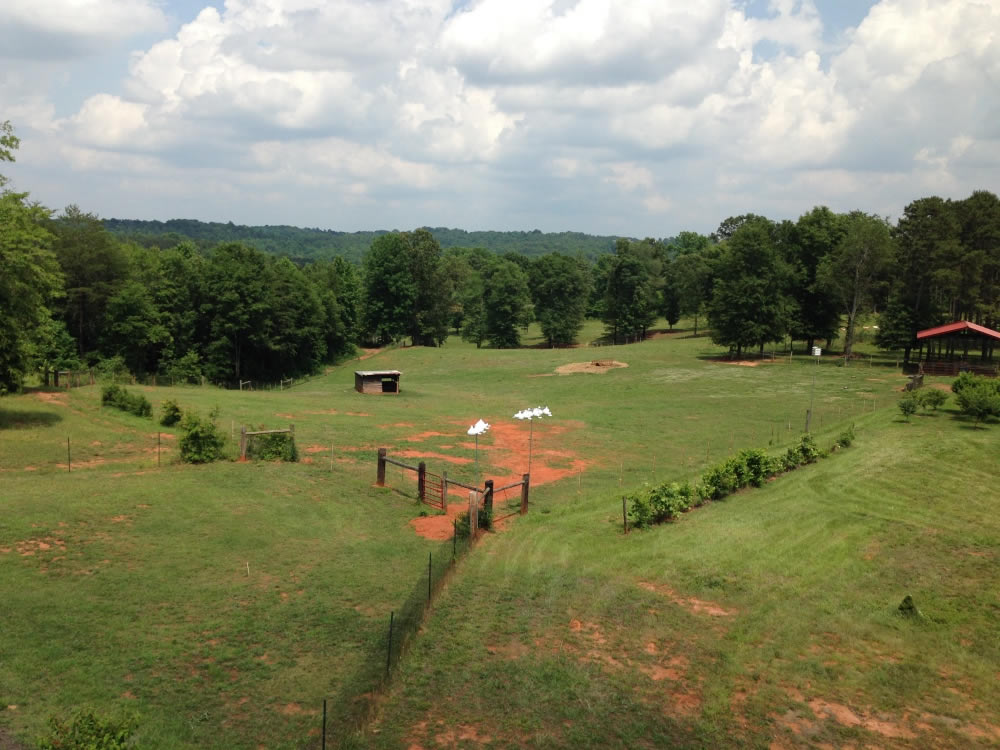Fences. Practically everyone has been in one, outside of one, climbed one, has tried to get through one, but few have built one. As a teenager, I spent my summers in south Texas on a cattle farm with my grandparents – a steep contrast from the neighborhood scene on the west side of Philadelphia, PA. Little did I know as I learned to build strong fences with my grandfather, that those same principles would be relevant today in the form of fundamental leadership principles.
“While not pretty, it is functionally excellent…”
The Corner post is the critical element of any of any fence, and it is anchored deeply in the ground. Additionally, an H-brace is a method where 2 Support posts are anchored on either side of the Corner post to reinforce it. They are interlocked with a horizontal post and wire in order to put tension on the Corner post at the proper angle to insure stability for the long term. While highly effective, if improperly installed the Support posts can actually pull the Corner post out of the ground immediately, or over time as the fencing material is installed and drawn tight. While not pretty, it is functionally excellent at achieving the purpose it was designed to accomplish.
Line posts are installed to create the actual fence line. They are positioned in a straight line to provide strength and stability for the fencing material to be stretched tightly, and fastened to them. The fencing material serves as a barricade to keep predators out and livestock in.
Gates of various widths and sizes are strategically placed throughout the fence to provide easy access for people, animals, and equipment to enter and exit the perimeter of the fence.
Building fence is hard work with its value being to contain the animals within for their own safety as well as the safety of others. Technique and experience substantially impact the overall success of the effort. Accomplishing the job with minimal waste of material, time, and effort is important to realize its value.
So why the lesson in livestock fencing?
“…everything boils down to achieving its mission”
Organizations are no different. Ultimately everything boils down to achieving its mission by making money, reducing costs, improving inefficiencies and effectiveness, and being in compliance.
Like the Corner post, exceptional leaders are anchored deeply with their vision, mission, values, and beliefs. They surround themselves with an interlocking team of others to challenge the leader, each other, and provide Support. As strong as the leader may be, they are weak without their teams. The team knows each other and their leader well enough to sustain a healthy atmosphere to challenge the status quo. Thus, the organization thrives and flourishes. Without them, a chaotic heap is on the horizon.
Successful organizations require leaders:
- To manage the “tension”, with an ever-increasing need to perform better than yesterday.
- To navigate “rough terrain”, through a path often wrought with obstacles that must be penetrated or circumvented.
- To triumph over the “rocks” in the ground that break spirits and delay achievement in completion of our goals.
- To be courageous when the “birds of prey”, seemingly come out of nowhere with random challenges for what they were not prepared.
- To foresee that “materials rust” and people and systems age and become antiquated.
- To be resilient as “trees fall”, breaking down the organization requiring it to be repaired and rebuilt.
The front-Line leaders, functional managers and others on the leadership team must be aligned with the vision, mission, values, and beliefs to provide strength, resilience, and ultimately achieve its purpose. Like Line posts, Line leaders (mid-level leaders) must be “in line” to achieve the organization’s purpose. Interestingly, you may notice the tops of the Line posts do not always align in a fence, thus real-time Diversity.
“Line leaders’ quality, quantity, and overall competence is important or the “fence” sags”
While unique to each organization, Line leaders’ quality, quantity, and overall competence is important or the “fence” sags over time.
Weak line leaders directly impact the overall integrity of the organization, regardless of the strength of the Corner post.
Too few Line leaders, and the organization suffers with lack of support. Too many, and it becomes wasteful and crowded with people in positions with not enough to do.
Competent line leaders effectively balance “the tension” within the organization. They bring together the executive leaders and front-line operators to experience together that “they are the fence”, and one without the other is of no value.
Finally, as with a fence, an organization is only as strong as its weakest members. Without the actual Fencing material all we would have is a bunch of posts stuck in the ground, serving no purpose but to create a hazard for innocent others.
Whether the Corner post, Support post, Line post, or Fencing Material, everyone serves a critical function somewhere within their organization. Assembly operator on 2nd shift or President/CEO, it takes the entire team.
Fence Line Leadership is about recognizing critical, yet sometimes subtle elements of leadership to easily remember and practice in ordinary and practical ways.
So are you serving a purpose or creating a hazard?



Leave A Comment